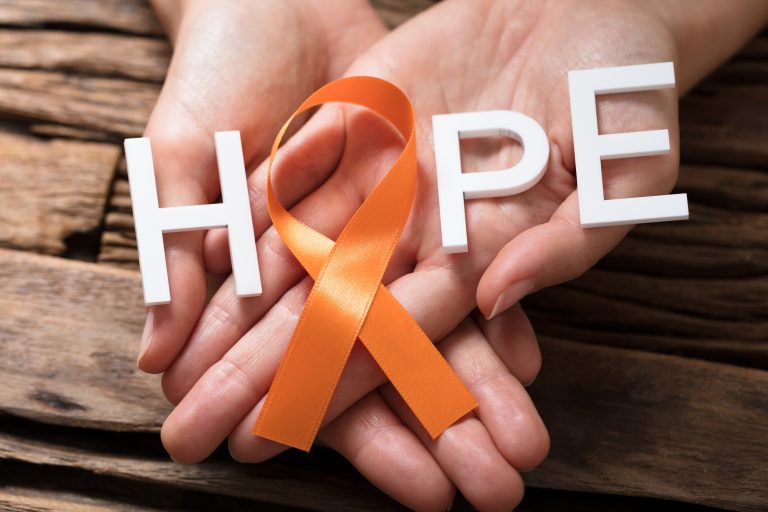
Vitamins are an important part of someone’s overall health and, without them, our bodies can’t complete essential tasks and functions. Although they are crucial, it appears that approximately 92 percent of the U.S. population have some sort of vitamin deficiency.
Of those, more than 7 percent are vitamin C deficient. And while the numbers had improved since 1994, when nearly 13 percent of the U.S. population was vitamin C deficient, it’s still a major health concern among American adults.
No one can deny the power of vitamin C that’s why finding out whether or not a deficiency has entered is vital in maintaining good overall health.
Fortunately, we can get our much needed daily dose of vitamin C from certain foods or supplements. But how much do we actually need to keep our body functions in tip-top shape? Currently, the recommended daily allowance for vitamin C is between 15 and 75 mg for children, 90 mg for adult men, 75 mg for adult women, and between 85 and 120 mg for pregnant women.
And yes, too much vitamin C can come up with some unpleasant side effects like diarrhea, cramps, and nausea. A high vitamin C intake is particularly dangerous for those who have hemochromatosis, a health condition characterized by retaining way too much iron.
If that’s not your case, do you think you’re getting enough vitamin C? Read on to find the answer—several subtle signs and symptoms can elucidate the mystery.

























